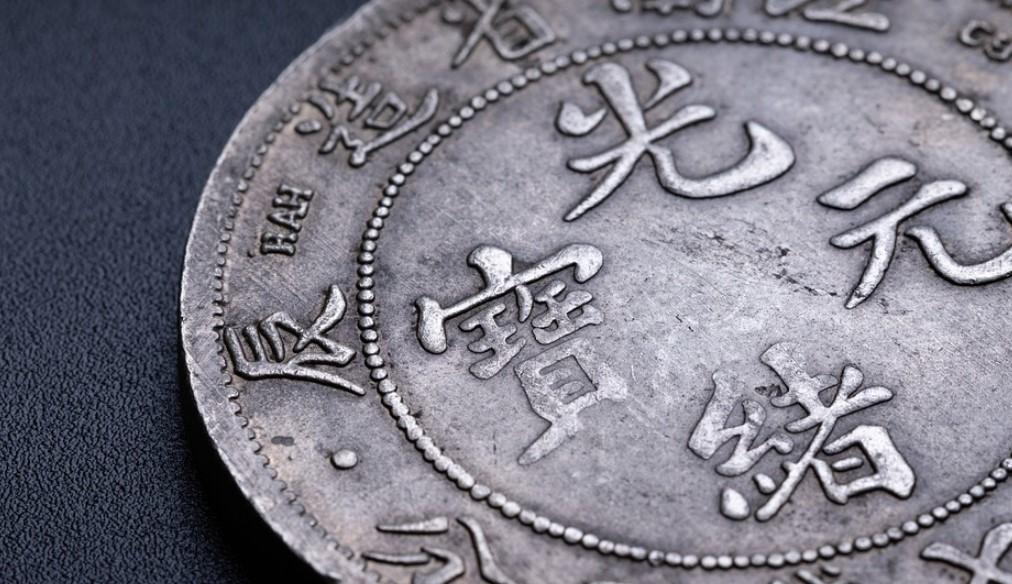[This is Joseph Salerno’s preface to the new Chinese version of Money: Sound and Unsound published by the Shangai People’s Publishing House.]
In the Introduction to this book, first published in English in 2010, I wrote: “The idea of sound money was present from the very beginning of modern monetary theory in the works of the sixteenth-century Spanish Scholastics….” Recent research has shown that the seeds of the theory of sound money were already present in Chinese writings centuries before the Scholastics.1
China was one of the first countries to develop a metallic money that was valued and exchanged by weight. Evidence suggests that this monetary regime originated during the Shang Dynasty (1766–1122 B.C.) or the Zhou Dynasty (1122–221 B.C.). China was also one of the first countries to use precious metals as money and may have invented coined money. The long experience with a purely metallic monetary system naturally stimulated Chinese state officials, royal advisers, and philosophers to investigate and debate the origins and functioning of such a system and the policies appropriate to its smooth operation. It is therefore not surprising that China developed a rich tradition of monetary thought, which extended over nineteen centuries (roughly 700 B.C. to 1200 A.D.) This literature on monetary theory and policy embodied ideas, insights, and controversies that would appear in European writings only centuries later. In particular, some contributors to this Chinese monetary tradition formulated the conceptual foundations of the theory of sound money, the topic of the present book.
While ideas about the development of money were expressed as early as the seventh century B.C., the most prevalent view of money’s origin is attributable to a politician of the sixth century B.C. Shan Qi (585 B.C.) contended that money was invented by one of the ancient philosopher-kings to measure the value of goods. However, several Chinese writers later disputed this story and argued that money originated as a market phenomenon. Sima Qian (104~91 B.C.), Luo Mi (1165~1173 A.D.) and Ye Shi (1150~223 A.D.) basically argued that money grew out of the trading of commodities and could not have emerged in the absence of commodity exchange. Money was only later adopted by kings as an aid in ruling their countries.
The first step in theorizing correctly about money is to understand that the value of money, like that of commodities, is never fixed and unchanging. Chinese philosophers who published the earlier Mohist Canons (468 B.C.~376 B.C.) grasped this crucial point. They recognized that metallic money, such as the “knife coins” then in wide circulation, was valued and exchanged by weight and argued that the real value of money, despite its fixed face value, was not stable but fluctuated inversely with the prices of commodities. When commodity prices were high, money was “light” or its purchasing power low; when prices were low, money was “heavy” or its purchasing power high. Thus, if monetary conditions were such that the nominal prices of commodities were abnormally high, the real prices of commodities were not high but rather money was “light” or depreciated.
In investigating the market conditions that determined the purchasing power of money, two eighth-century Chinese writers, Liu Zhi (734 A.D.) and Lu Zhi (794 A.D.), clearly formulated the quantity, or supply-and-demand, theory of money—eight centuries before the theory was introduced into European thought by Jean Bodin and the Spanish Scholastics. Liu Zhi argued that if population grew more rapidly than the money supply, the purchasing power of money would rise. Zhi reasoned that the growth of population would produce an increase in the labor force and, therefore, in the supply of commodities. As a result, the demand for money would grow in excess of supply and raise the purchasing power of money. He also deduced that high prices were a result of an “excess” of money and advocated a reduction in the quantity of money to increase its purchasing power. Liu Zhi’s contemporary Lu Zhi argued similarly that the quantity of money is a prime factor determining the prices of goods and the purchasing power of money. Thus, goods are cheap and money “heavy” when the quantity of money is relatively small, whereas goods are expensive and money “light” when the quantity of money is large. Lu Zhi inferred from his theory that government is therefore able to affect the height of prices by altering the quantity of money.
Chinese monetary writers also focused on the proper institutional arrangements for coining money because coinage affected the quantity and quality of money in the economy. At least four major debates on the coinage question occurred during the period 175 B.C–734 A.D. The main point at issue was whether the coining of money should be a private and decentralized business or a royal prerogative monopolized by the central government. Of great interest is the fact that in the third (457 A.D.) and fourth (734 A.D.) debates government ministers heroically proposed private coinage as a means of ridding the realm of a shortage of money.
My book is a small contribution to this great Sino-European tradition of sound monetary theory. I hope that its translation sparks interest among contemporary Chinese scholars in recovering and extending this tradition as first presented in the brilliant writings of their ancient predecessors.
- 1. Zheng Xueyi, Yaguang Zhang, and John Whalley, “Monetary Theory from a Chinese Historical Perspective,” NBER Working Paper Series, Working Paper 16092 (June 2010). The following discussion is drawn from this research paper.

